The bitter fight over a Wirral beach
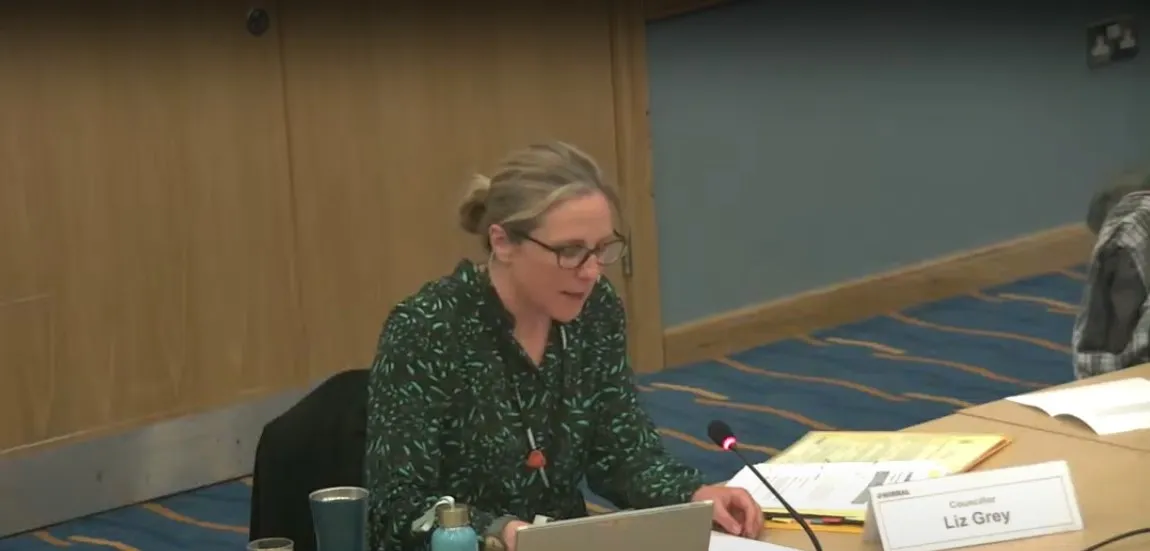
How a tweet about spraying Hoylake beach spiralled into a war of words
Depending on who you ask, Hoylake Beach could be two different places. To one group of people, this stretch of Wirral coast is under threat from “anti-science maniacs”. To another, it is a patch of once-golden sands that is being ruined by “dickhead” environmental campaigners and a “pig-headed woman” from the council.
What started out as a disagreement over the use of pesticides and raking machines to remove grass on the beach has descended into much deeper and more personal acrimony. Members of rival groups are boycotting each other’s shops, tearing campaign banners down, and — allegedly — digging up rare plants in the night. One local journalist reporting on Hoylake is said to have been so besieged by activists that they decided to give up on their assignment.
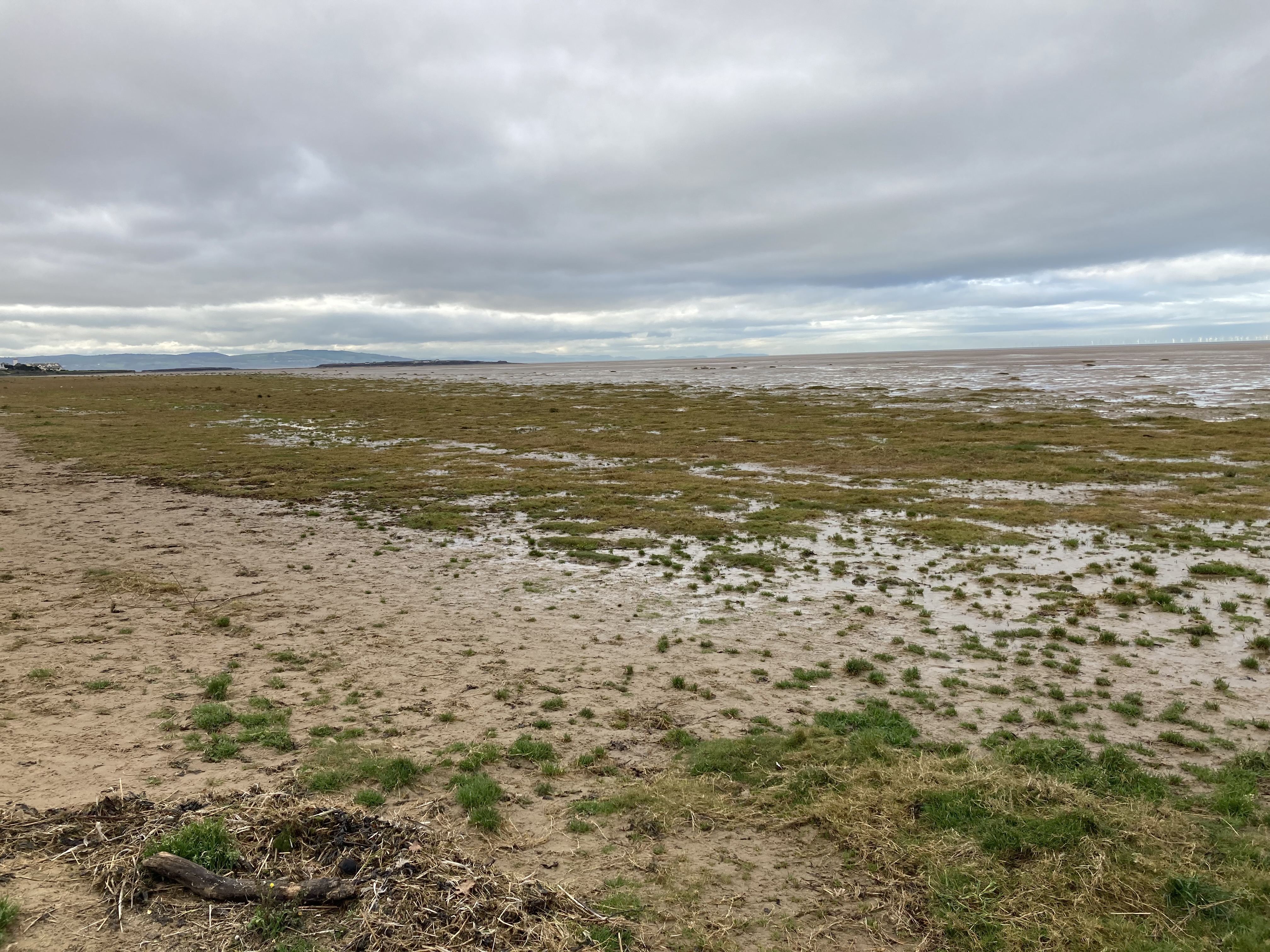
A collection of environmentalists say Hoylake should be left to nature so that the plants can grow and the birds can feed as they may. The sandy-beachers — who are accused of “ecocidal vigilantism” — argue that if the seaside is not raked and sprayed it will become overgrown with plants and attract insects and vermin, making it unusable for families, sinking local businesses as a result. Both sides claim to represent the majority in the seaside town, which has around 10,000 residents, and neither seems willing to give in.
Lighting the fuse
Just over two years ago, in August 2019, Wirral Council sprayed Hoylake Beach with weedkiller. The council’s official Twitter account warned beachgoers to “exercise caution and refrain from picking vegetation until the end of August”. The sand had been sprayed with Roundup, a glyphosate herbicide that is banned in some countries over fears that it is carcinogenic.
Then came the outcry. Carrie Symonds, the Prime Minister’s wife, who advises the ocean conservation charity Oceana, saw the tweet and was among the high profile figures who rebuked the council for using pesticides on Hoylake. So did the oceans campaigner Lewis Pugh and Deborah Meaden, the businesswoman who appears on Dragons’ Den. “Why are councils spraying herbicides on UK beaches?” asked Symonds on Twitter, calling the practice “mad”. Others noted that the beach is a site of special scientific interest where nature is meant to be protected. The council has not touched the beach since.
In that time, plantlife has sprouted on a section of the sand and divided the community. Nicola Verkade, who runs a holiday lettings business, said bookings have dropped by 50%, and she blames it on changes to the beach. “Living here is difficult,” she told The Post. “This issue is so contentious and people take very firm stances on one side or the other. That has caused division, upset, and problems. The council is responsible for that.”
To join The Post’s email list or become a paying member, enter your email in the box below.
I meet Verkade on Hoylake Beach at low tide and see a splat of green in front of a large expanse of wet sand, with the wind turbines of Liverpool Bay spinning in the distance. Verkade has brought along Miles Meredith Jones and Wendy Bennett, who had first contacted The Post asking us to write about Hoylake.
Along with 23 other sandy-beachers, Bennett attended a Wirral Council meeting in October, only to be “held in complete contempt by Labour councillors,” she says, “who first of all voted not to hold a debate on the beach and subsequently answered only one of five questions asked publicly by us as we are entitled to do.” She says that the lack of consultation with local people has made them feel powerless and increased their anger.
And there’s no doubt the campaign they are running has won significant local support. A petition calling on the council to “resume maintaining Hoylake beach by raking” has just over 13,000 signatories, including one who says “the beach is currently a filthy, smelly eyesore”.
In her email, Bennett wrote that the beach was now “infested with mosquitoes and rats”. She has unsuccessfully tried to ask the council about her worry that mosquitoes would bring dengue fever to the Wirral, even though the disease does not occur naturally in the UK.
When I ask Bennett, Verkade, and Meredith Jones about this infestation, they concede that mosquitoes and rats have not yet come to Hoylake. But they are concerned the beach is creating the ideal conditions for them to thrive.
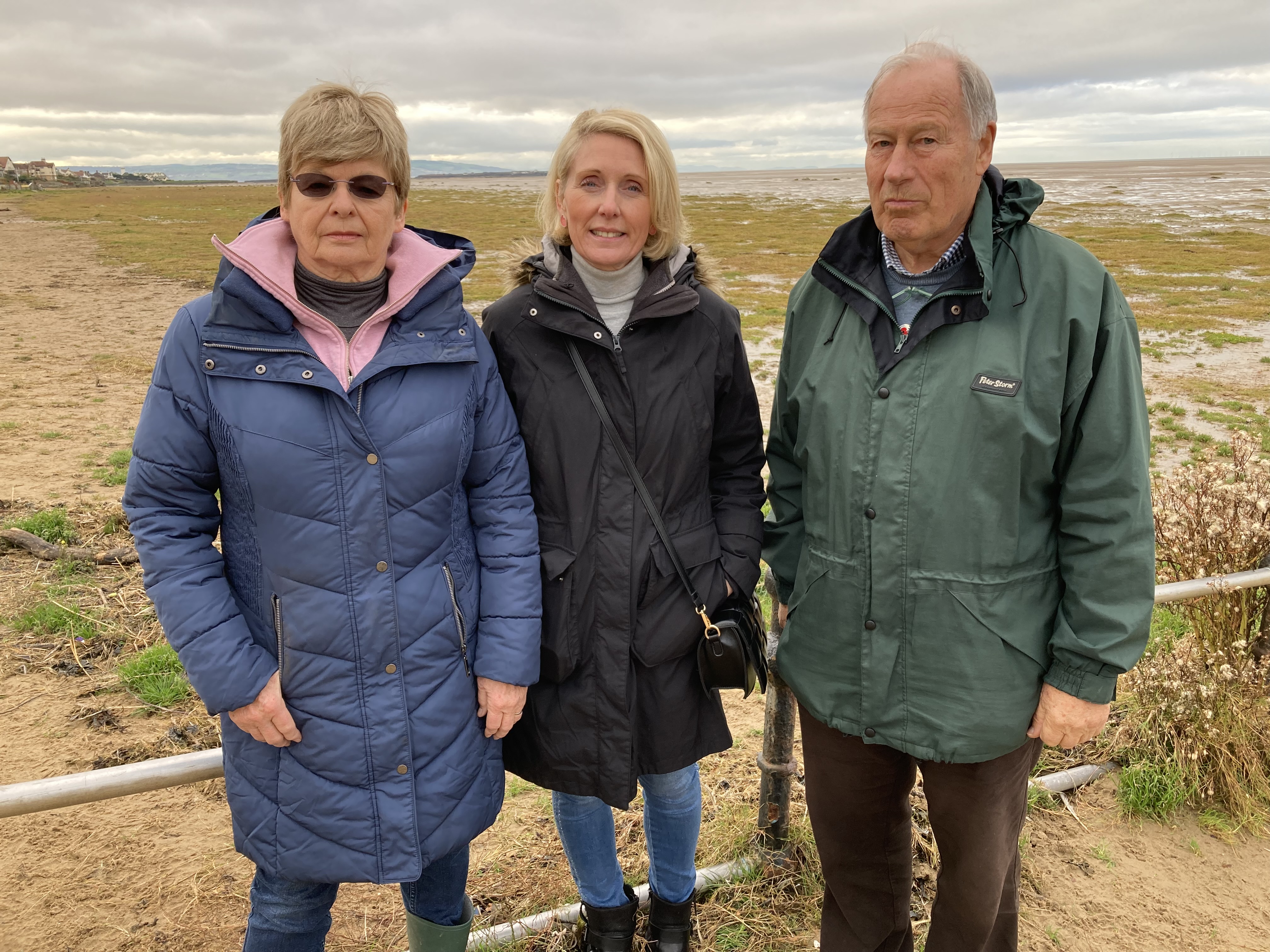
About twenty minutes into our conversation, Verkade is telling me about how her complaints to the council have been ignored. Then she pauses. “I’m going to tell you what I personally think this is all about,” she says, before unspooling an elaborate theory.
Verkade suggests Wirral Council may have deliberately courted negative publicity when it sprayed the beach in 2019 so that it would have an excuse to cease maintenance on Hoylake. The beach would then turn into a salt marsh, which would allow the council to claim grant money to pay for the upkeep of Hoylake’s ageing drains.
That sounds very sinister, I say. “This is sinister,” she replies. “This is a plan they have had for a long time... The whole thing appears to be deliberate because how can anybody look at this and think it’s acceptable?”
I do wonder as I leave the beach: if anyone had the Machiavellian powers these campaigners describe, wouldn’t they be applying them to something more lucrative and influential than balancing the budget at England’s 34th largest metropolitan borough council?
A ‘pig-headed woman’
The key figure in this debate, and the person who has drawn more ire than anyone else, is Elizabeth Grey. She is the chair of Wirral Council’s environment, climate emergency, and transport committee, and she has come to represent the environmentalists who advocate for the beach to be protected from chemical or mechanical maintenance.
In local Facebook groups, Councillor Grey is described as “despicable”, a “liar”, a “right piece of work”, a “pig-headed woman”, a “wanker”. “She is currently trying, single-handedly, to save the world,” reads one email sent to us.
In an interview with The Post, Grey says a minority of activists are “hijacking” the council with questions about the beach. She calls her opponents an “angry mob” that is “on the wrong side of history and out of sync with the way everyone thinks”. The beach issue has “attracted a slightly unhinged wing of the community which perhaps don’t care that much about the beach but just want to protest.”
Grey thinks the noise about Hoylake has become disproportionate to the issue in question. “Aristotle did say you should try to remember why you’re angry, and be appropriately angry,” she tells me. “They seem to have forgotten what the original cause is. They spend as much time talking about me as the beach.”
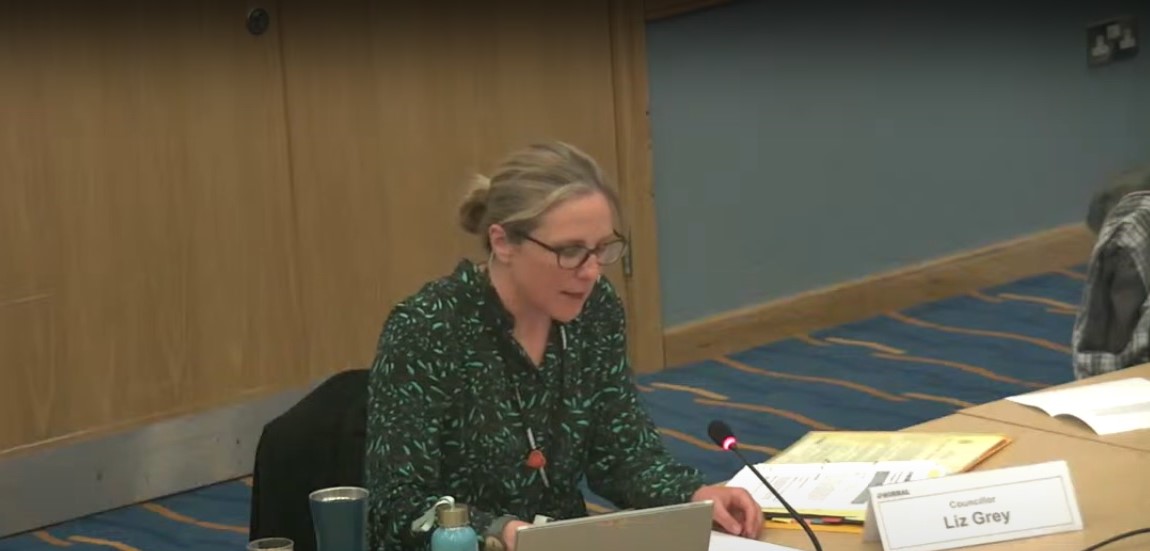
A council source disputes the notion that businesses have taken a financial hit because of changes to the beach. Councillor Grey, taking the pin out of another hand grenade, tells me: “The constant slagging off of their area and calling it a swamp is probably doing more damage to local business.”
During my time with the local activists, I had heard another theory: that Grey had intentionally taken responsibility for the spraying process so that she could take on this public environmental fight. Grey says this is “absolute claptrap”. “I only asked to have beaches in my portfolio after it all kicked off in the press,” she says. “I didn’t even know we sprayed beaches until that happened.”
Grey’s explanation is unlikely to put a stop to the rumour-mongering that something is amiss about the way the beach is being run. Some sandy-beachers argue that the new vegetation on Hoylake is harmful to the birds (the RSPB disagrees), that emergency services will be negatively impacted (they also disagree), and that horses might be scared of the plants (horses are not in a position to comment, so we’ll just have to put a pin in that one).
Members of the sandy-beach groups believe sinister forces are at work and suggested to me that rival campaigners had been secretly collaborating with the council for almost a decade to force through changes to Hoylake. They feel like the beach of their distant memories, when they toddled about golden sands with a bucket and spade, is disappearing.
Environmentalists like Councillor Grey say this is a false memory. “There is no real market for 1950s nostalgia,” she said. “It wasn’t really a golden beach before — it’s muddy. The sand blew all over the prom. There’s no businesses along the front, there’s nothing there — there’s nowhere to get a cup of tea.”
Joshua Styles, a botanist who is campaigning for the beach to be protected from further maintenance (he was the one called a “dickhead”), says he is surprised at the “level of stupidity” he has seen in the beach issue. “This is a legally protected site of international importance,” he tells me. “It really is a very narrow band of vegetation that is followed up by one of the largest sandy beaches in the UK. There is no shortage of sand whatsoever.”
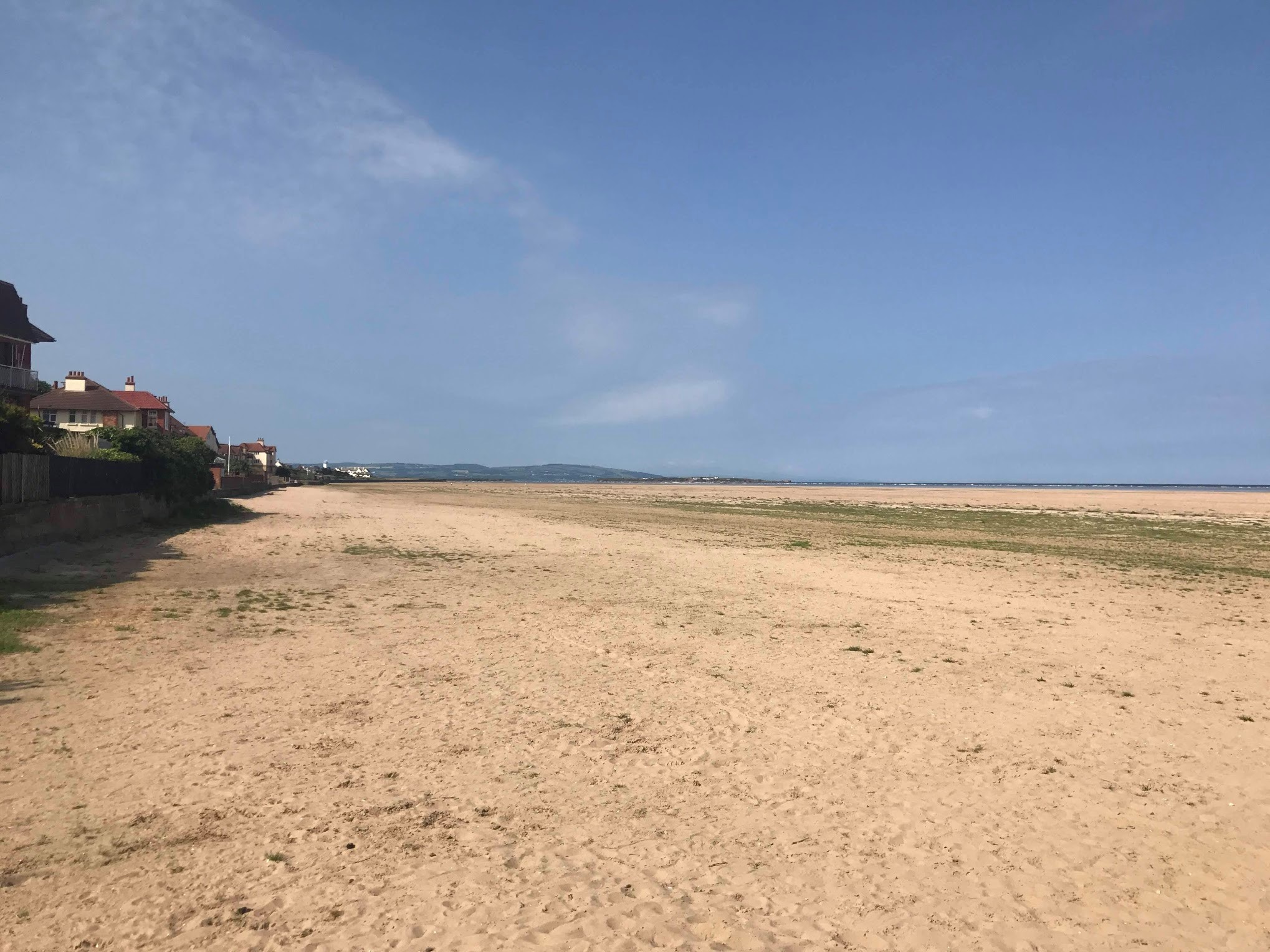
On a Facebook group called “Hoylake Beach: the evidence”, Styles tries to counter what he calls “pseudoscientific lies by a group of people with a perverse agenda”. Styles says that coastal environments are always changing, and in fact the beach is growing — sand is being deposited onto Hoylake, meaning the high tide mark recedes by about seven metres a year. He and other environmentalists predict that the beach will develop into dunes if left to its own devices.
Campaigners are now waiting for the results of a scientific study that has been commissioned by the council before a consultation begins in the next few months. The future of Hoylake is set to be decided by the end of 2022. Verkade, Bennett, and Meredith Jones say they are open for a deal — could a patch of the beach be maintained for them, and the rest be rewilded?
Among the insults flying around the internet, there was a post on Styles’s Facebook group that also offered a glimmer of compromise. One member asked if anyone had changed their minds since this debate started. There were 296 responses. Many of the comments said the changing beach was either "despicable" or "wild and beautiful", but some were starting to form new opinions.
"The predicted dunes will never be as nice as the 'golden sands' I grew up with," wrote Greg Brookes, an ardent sandy-beacher. "However I am coming to believe that it is inevitable based on the evidence on here. We can remove the vegetation but nature is busy changing the landscape whether we like it or not."
An earlier version of this story misstated the distance by which Hoylake’s high tide mark is receding. It is seven metres, not seven feet.
Get well-researched journalism from across the Wirral and the Liverpool city region. Join our email list now, or become a paying member.

Comments
Latest
Merseyside Police descend on Knowsley
And the winner is...
Losing local radio — and my mum
A place in the sun: How do a bankrupt charity boss and his councillor partner afford a “luxury” flat abroad?
The bitter fight over a Wirral beach
How a tweet about spraying Hoylake beach spiralled into a war of words